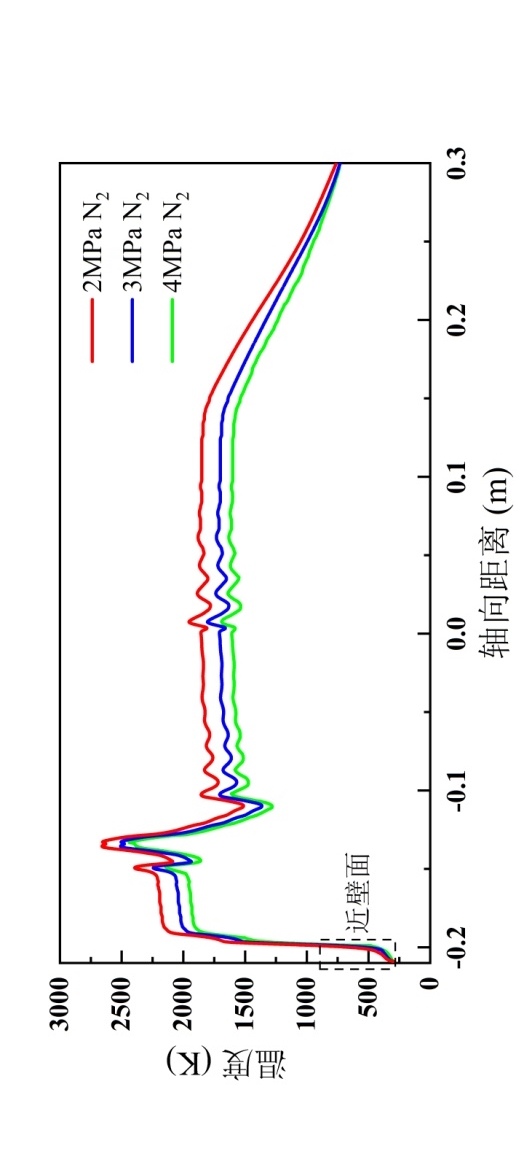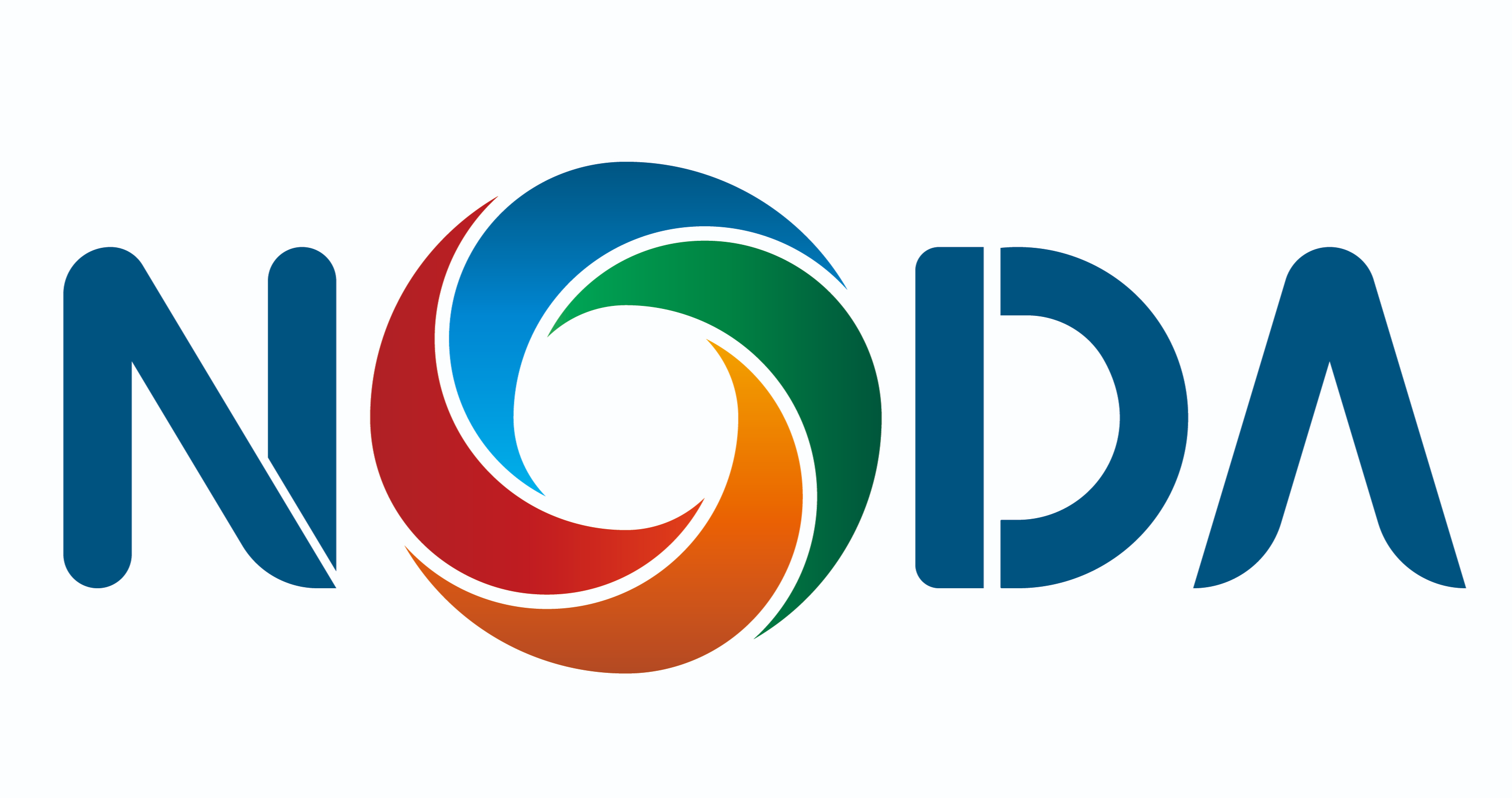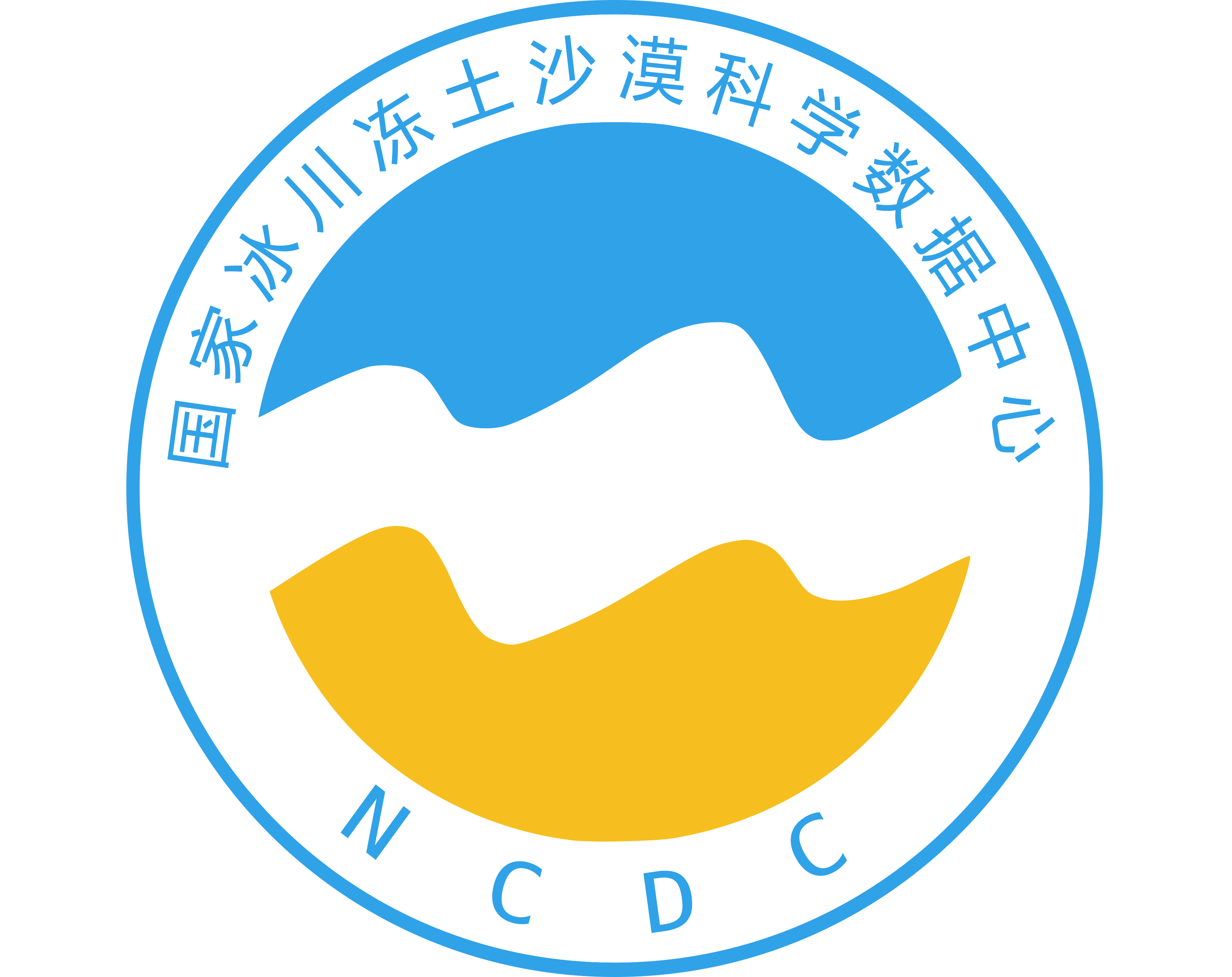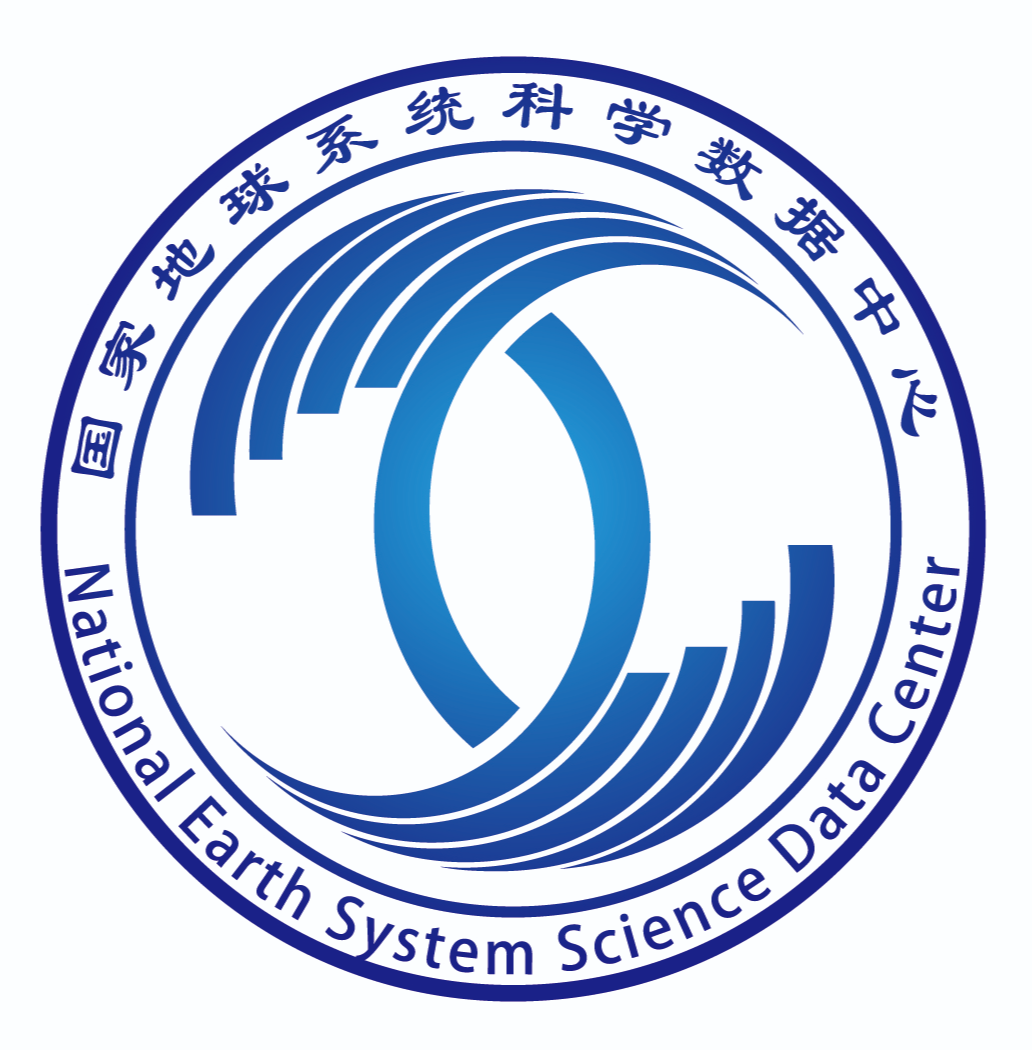名称 : 低温高速火焰喷涂不同一次氮气压力对焰流温度的影响
英文名称 : Effect of different primary nitrogen pressures on flame flow temperature
材料 : 431
委托单位 : 中国人民解放军军事科学院国防科技创新研究院
实验单位 : 中国人民解放军军事科学院国防科技创新研究院
实验方法 : 无
实验设备 : 无
实验条件 : 无
说明 : 图表示不同一次氮气压力下焰流温度与轴向距离的关系。从图中可以看出,增大一次氮气压力能够提升一次氮气入口的氮气流量,更多的氮气将在燃烧室内部参与掺混,因此喷枪焰流温度得到降低。另一方面,受一次进氮口尺寸的限制(水力直径较小),焰流温度降低程度并不大。值得注意的是,在燃烧室上游近壁面处温度上升较为缓慢,这是因为双气流煤油雾化技术产生的低速回流区使该区域的氮气不断旋转、掺混,从而降低了燃烧室和雾化喷嘴近壁面的温度,保护其不被高温烧蚀。
英文说明 : The graph shows the flame flow temperature versus axial distance for different primary nitrogen pressures. From the figure, it can be seen that increasing the primary nitrogen pressure can enhance the nitrogen flow at the primary nitrogen inlet, and more nitrogen will be involved in mixing inside the combustion chamber, so the flame flow temperature of the gun is reduced. On the other hand, due to the limitation of the primary nitrogen inlet size (small hydraulic diameter), the flame flow temperature reduction is not significant. It is worth noting that the temperature rises more slowly in the upstream of the combustion chamber near the wall, because the low-speed reflux zone generated by the dual stream kerosene atomization technology makes the nitrogen in this area continuously rotating and mixing, thus reducing the temperature of the combustion chamber and the atomization nozzle near the wall, protecting it from high temperature ablation.
数据来源 : 分析测试报告
重点项目名称 : 废旧重型装备损伤检测与再制造形性调控技术
项目所属数据集 : 低温高速火焰喷涂枪设计与建模数据数据集






















